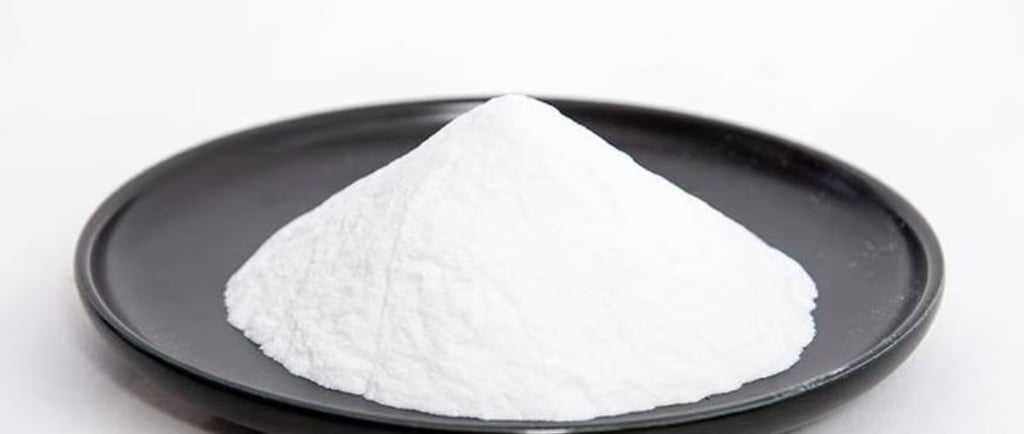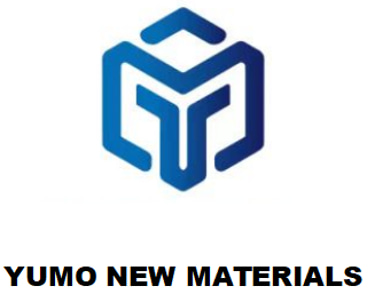HENAN YUMO: Engineered Precision, Uncompromised Performance
Silane-Bonded White Fused Alumina: The End of Grain Shedding in Precision Industry
When abrasive grains detach under high RPM or coatings delaminate in corrosive environments, the hidden culprit is interface failure. Traditional solutions offer temporary fixes – until now. Our surface-engineered ST-WFA creates permanent covalent bonds between inorganic grit and organic matrices, eliminating disintegration at its root. The result? Unprecedented reliability for mission-critical applications from aerospace grinding to EV thermal management.
7/14/20252 min read


Why Covalent Bonding Outperforms Conventional Methods
🔬 The Science of Unbreakable Interfaces
Unlike physical coatings that peel or ionic treatments that degrade, our proprietary silane coupling agents execute a dual chemical reaction:
Hydroxyl Activation – Exposed -OH groups on ultra-clean WFA surfaces (Na₂O ≤0.16%)
Silane Grafting – Amino/Epoxy silanes form Si-O-Al bonds via hydrolysis-condensation
Polymer Integration – Active groups create Si-C covalent links with epoxy/phenolic resins
This molecular handshake withstands forces exceeding 12,000 RPM – proven by 45 MPa peel strength (ASTM D1876).
⚡️ Performance Advantages You Can Measure
Zero Moisture Intrusion: Hydrophobic shield with >100° contact angle blocks humidity-induced swelling
Thermal Armor: Maintains bond integrity through 400°C resin curing cycles
Perfect Dispersion: Laser-sorted grains (D50 ±0.5μm) prevent agglomeration in slurries
REACH/RoHS Compliance: No toxic Cr⁶⁺ or VOCs – unlike chrome-coated alternatives
Industry-Specific Breakthroughs
🛠 Revolutionizing Grinding Tools
"After switching to ST-WFA, our CBN wheels lasted 35% longer in titanium blade finishing." – Aerospace Tier 1 Supplier
Problem: Wheel disintegration causing workpiece burning
Solution: Covalent bonds reduce grain shedding by 80% at 15,000 RPM
Result: $78K/year savings per production line
⚓ Marine Coatings That Defy Corrosion
"Recoating cycles extended from 3 to 8 years on North Sea platforms." – Offshore Engineering Report
Problem: Chloride penetration blistering epoxy coatings
Solution: Hydrophobic barrier repels saltwater at 18% loading
Result: ISO 12944 C5-M certification achieved
🔋 Thermal Interface Materials for Next-Gen EVs
"18°C junction temperature drop in 800V SiC inverters." – Battery Tech Journal
Problem: Filler "pump-out" in power modules
Solution: 78 vol% loading via silane-enhanced wettability
Result: 0.15 K·cm²/W thermal resistance (ASTM D5470)
Technical Validation: Beyond Marketing Claims
🔍 Third-Party Verified Performance
SEM Imaging: Shows 150nm uniform silane layer with no voids
DSC Analysis: Confirms zero bond degradation below 400°C
Field Data: 22% fewer scratches in 3nm semiconductor polishing
🌱 Sustainable Engineering
Renewable-Powered Production: Electric arc furnaces running on 70% wind energy
Zero Wastewater: Closed-loop cooling systems
Emission Control: 92% lower CO₂/kg vs. conventional WFA
Precision Grades for Demanding Applications
Pro Series: F220-F800 for Ra<0.2Å semiconductor CMP
HT Series: Heat-treated grits for stainless steel grinding
Spherical Series: Plasma-rounded grains for 3D printed composites
Engineer Your Solution Today
① Claim Your Performance Kit
Free ST-WFA F46/F220 samples (5kg)
Application-specific technical guides
SEM & DSC analysis reports
② Download White Paper
"5 Interface Failure Modes Solved by Covalent Bonding"
③ Schedule On-Site Trial
Our engineers retrofit your line in 4 hours – zero disruption
